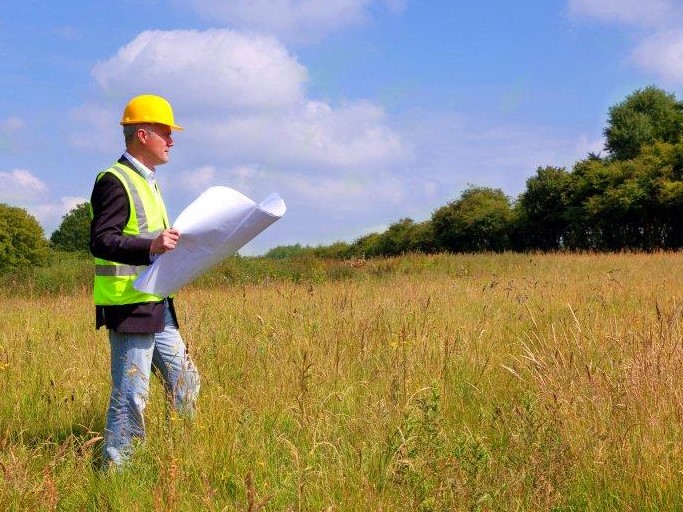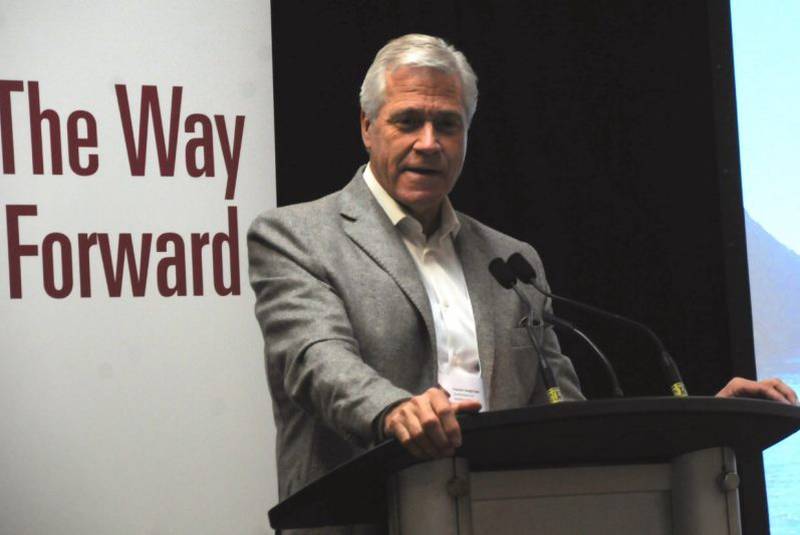Important: The GCConnex decommission will not affect GCCollab or GCWiki. Thank you and happy collaborating!
Difference between revisions of "Public Engagement Case Studies"
| (7 intermediate revisions by 2 users not shown) | |||
| Line 1: | Line 1: | ||
[[FR: Études de cas sur la partipation citoyenne]] | [[FR: Études de cas sur la partipation citoyenne]] | ||
| − | |||
| − | |||
===Background=== | ===Background=== | ||
| Line 9: | Line 7: | ||
The goal of these case studies is to showcase Government of Canada public engagement, share lessons learned, and illustrate the decision making process that practitioners of public engagement make when undertaking these large-scale projects. We selected the format of case studies so that key learnings remain connected to the context in which they took place. We hope that in sharing these case studies, readers will better understand the diverse considerations and complexities of public engagement. | The goal of these case studies is to showcase Government of Canada public engagement, share lessons learned, and illustrate the decision making process that practitioners of public engagement make when undertaking these large-scale projects. We selected the format of case studies so that key learnings remain connected to the context in which they took place. We hope that in sharing these case studies, readers will better understand the diverse considerations and complexities of public engagement. | ||
| − | |||
| − | |||
| − | |||
If you have any questions or comments, please connect with us at [mailto:consultation@pco-bcp.gc.ca consultation@pco-bcp.gc.ca] | If you have any questions or comments, please connect with us at [mailto:consultation@pco-bcp.gc.ca consultation@pco-bcp.gc.ca] | ||
| + | ====Participedia==== | ||
| + | You can also view these case studies in the [https://participedia.net/?selectedCategory=case&collections=gov_of_canada| Government of Canada collection on Participedia]. Participedia is an organization that supports the documentation of international case studies on engagement. By placing the case studies on this platform, we are reaching a global audience, and Canadian public servants can explore hundreds of cases and methods. | ||
===Get involved=== | ===Get involved=== | ||
| − | Interested in sharing your own Public Engagement case studies? | + | Interested in sharing your own Public Engagement case studies? We're always looking to expand our knowledge of good public engagement, we encourage you to document examples from the Canadian context or other jurisdictions on GCWiki. We've created a [[Public Engagement Case studies template | bilingual template for consistency]] and encourage you to add your own case studies. |
==How to add your own Case study== | ==How to add your own Case study== | ||
| Line 26: | Line 23: | ||
#Link your case studies in English and French using wiki text. | #Link your case studies in English and French using wiki text. | ||
#Upload any documents you might have using the Upload file on the left menu of GCwiki. | #Upload any documents you might have using the Upload file on the left menu of GCwiki. | ||
| + | #Add a link to your case study on this page. We also invite you to [https://participedia.net/case/new| publish your case on Participedia], and tag it as part of the [https://participedia.net/?selectedCategory=case&collections=gov_of_canada| Government of Canada collection]. | ||
| − | <!--Table-based gallery of | + | <!--Table-based gallery of 5 case studies with extra columns for spacing--> |
<!--Start of table definition--> | <!--Start of table definition--> | ||
| Line 45: | Line 43: | ||
| | | | ||
|[[File:International Assistance Review Icon 4 by 3.jpg|border|500x130px|none|link= Case study: International Assistance Review|International Assistance Review]] | |[[File:International Assistance Review Icon 4 by 3.jpg|border|500x130px|none|link= Case study: International Assistance Review|International Assistance Review]] | ||
| + | | | ||
| + | |[[File:Aquaculture.jpg|border|500x130px|none|link= Case study: the Way Forward on Aquaculture|the Way Forward on Aquaculture]] | ||
| | | | ||
<!--Start of a second row and add formats--> | <!--Start of a second row and add formats--> | ||
| Line 57: | Line 57: | ||
| width="100" |'''National Housing Strategy''' | | width="100" |'''National Housing Strategy''' | ||
| width="25" | | | width="25" | | ||
| − | | width="100" | + | | width="100"|'''International Assistance Review''' |
| + | | width="25" | | ||
| + | |width="100" |'''the Way Forward on Aquaculture''' | ||
| width="25" | | | width="25" | | ||
|} | |} | ||
Latest revision as of 09:47, 13 March 2020
Background
The Consultations and Public Engagement Team of the Privy Council Office of Canada is pleased to share the first round of Public Engagement case studies. Over the course of 2018, interviews were conducted with policy analysts, public engagement advisers, communications teams, developers, and managers who were involved with the planning and execution of a consultation linked to a major policy initiative.
The interviews were semi structured, to allow conversations to flow-freely. The case studies capture the purpose, objectives and scope of a consultation; they look at process considerations, including methods, tools and analysis, as well as governance and decision making, successes, challenges, and overall outcomes.
The goal of these case studies is to showcase Government of Canada public engagement, share lessons learned, and illustrate the decision making process that practitioners of public engagement make when undertaking these large-scale projects. We selected the format of case studies so that key learnings remain connected to the context in which they took place. We hope that in sharing these case studies, readers will better understand the diverse considerations and complexities of public engagement.
If you have any questions or comments, please connect with us at consultation@pco-bcp.gc.ca
Participedia
You can also view these case studies in the Government of Canada collection on Participedia. Participedia is an organization that supports the documentation of international case studies on engagement. By placing the case studies on this platform, we are reaching a global audience, and Canadian public servants can explore hundreds of cases and methods.
Get involved
Interested in sharing your own Public Engagement case studies? We're always looking to expand our knowledge of good public engagement, we encourage you to document examples from the Canadian context or other jurisdictions on GCWiki. We've created a bilingual template for consistency and encourage you to add your own case studies.
How to add your own Case study
- Search for a new page, by entering your case study title into the main search at the top right of GCwiki.
- Click Create the page "Your page title" on this wiki! to create a new page.
- Copy and paste the Public Engagement Case studies template into a new page.
- Enter your case study details in English on one page and in French on another page.
- Link your case studies in English and French using wiki text.
- Upload any documents you might have using the Upload file on the left menu of GCwiki.
- Add a link to your case study on this page. We also invite you to publish your case on Participedia, and tag it as part of the Government of Canada collection.
| Nutrition North Canada | Expert Panel Review of Environmental Assessment Processes | National Housing Strategy | International Assistance Review | the Way Forward on Aquaculture |




